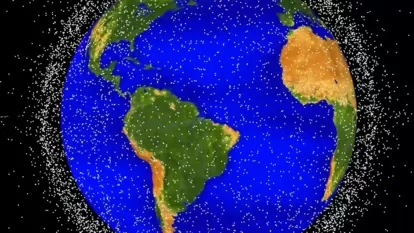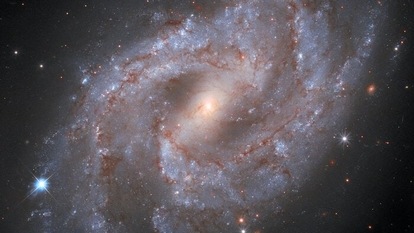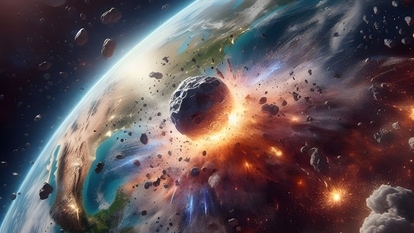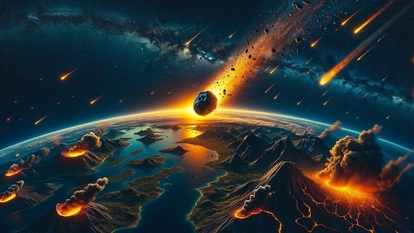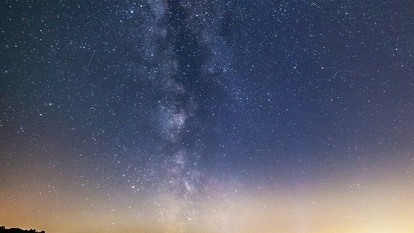NASA Astronomy Picture of the Day 13 January 2023: Young Star Cluster on show
NASA’s Astronomy Picture of the day is a mesmerizing snapshot of a young star cluster in the Small Magellanic Cloud.
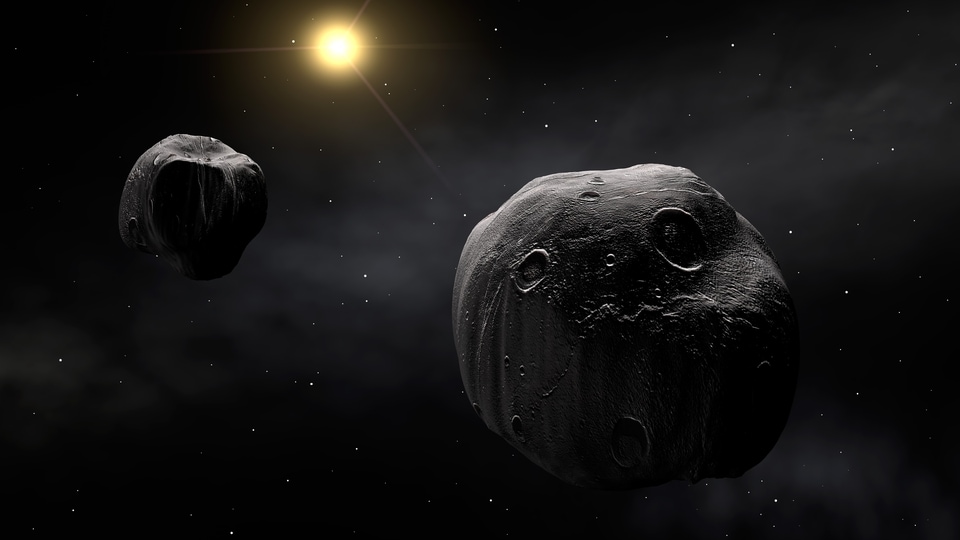

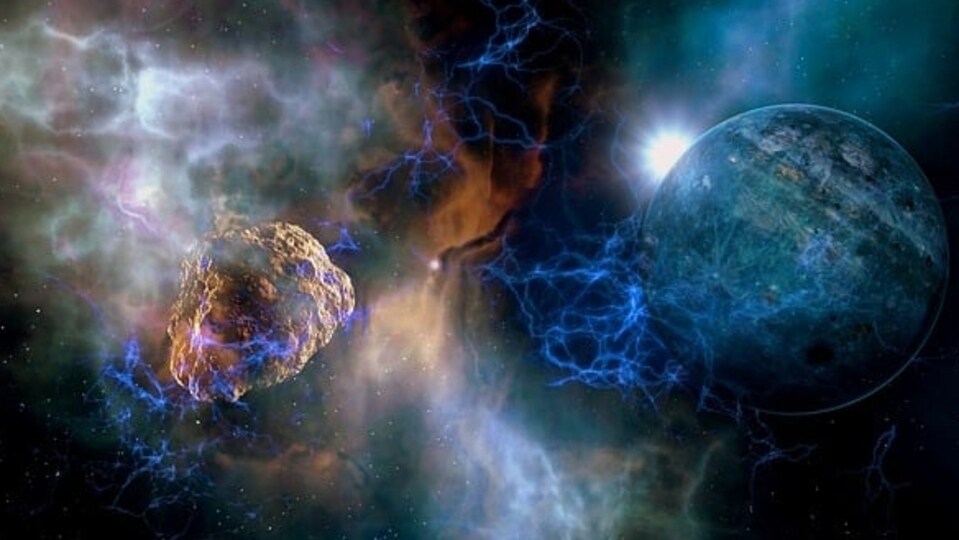

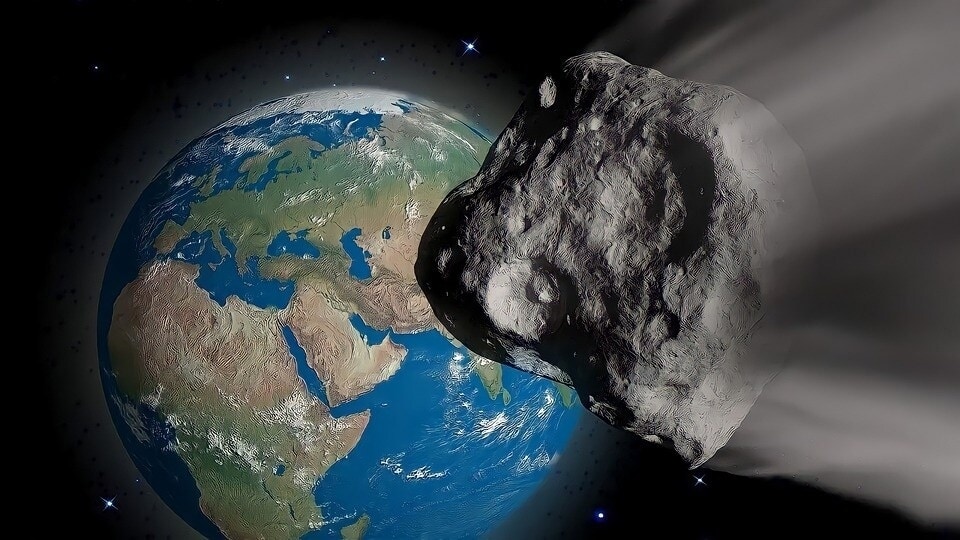
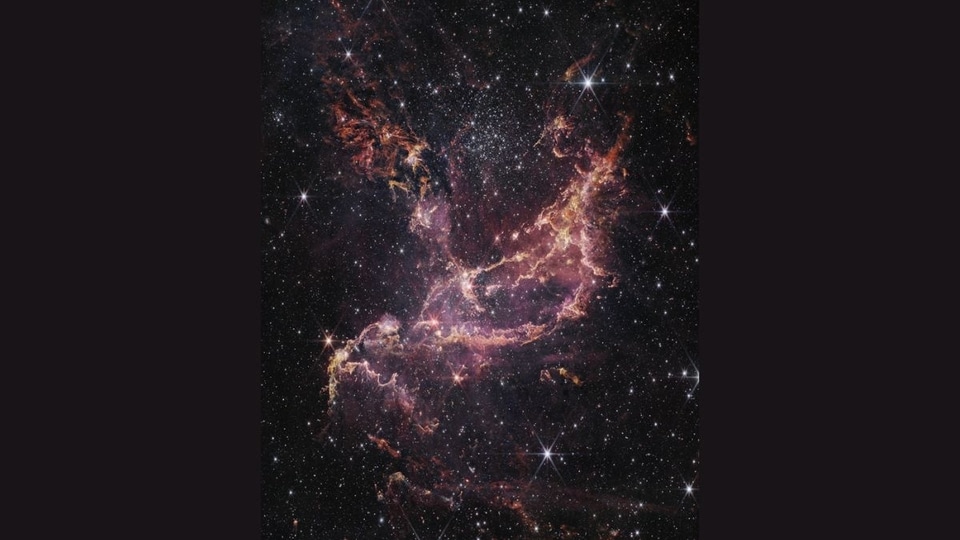
 View all Images
View all ImagesGroup of stars that are close to each other bound together by mutual gravitational attraction are known as star clusters. Stars are formed in star-forming regions called Nebulae. The makeup of a Nebula consists of gases, mainly hydrogen and helium. After formation, many stars form groups from the same Nebula, forming a Star Cluster. According to NASA, Star clusters can contain as few as ten stars or as many as millions of stars.
NASA's Astronomy Picture of the Day is a mesmerizing snapshot of a young star cluster embedded in the Small Magellanic Cloud. This star cluster has been given the designation of NGC 346. According to NASA, it is located about 210,000 light-years away. The Small Magellanic Cloud is classified as a dwarf galaxy and is one of the closest galaxies to the Milky Way. The image was captured by the James Webb Space Telescope using the Near Infrared Camera (NIRCam) instrument.
NASA's explanation
The most massive young star cluster in the Small Magellanic Cloud is NGC 346, embedded in our small satellite galaxy's largest star forming region some 210,000 light-years distant. Of course, the massive stars of NGC 346 are short lived, but very energetic. Their winds and radiation sculpt the edges of the region's dusty molecular cloud triggering star-formation within. The star forming region also appears to contain a large population of infant stars. A mere 3 to 5 million years old and not yet burning hydrogen in their cores, the infant stars are strewn about the embedded star cluster.
This spectacular infrared view of NGC 346 is from the James Webb Space Telescope's NIRcam. Emission from atomic hydrogen ionized by the massive stars' energetic radiation as well as molecular hydrogen and dust in the star-forming molecular cloud is detailed in pink and orange hues. Webb's sharp image of the young star-forming region spans 240 light-years at the distance of the Small Magellanic Cloud.
Catch all the Latest Tech News, Mobile News, Laptop News, Gaming news, Wearables News , How To News, also keep up with us on Whatsapp channel,Twitter, Facebook, Google News, and Instagram. For our latest videos, subscribe to our YouTube channel.



